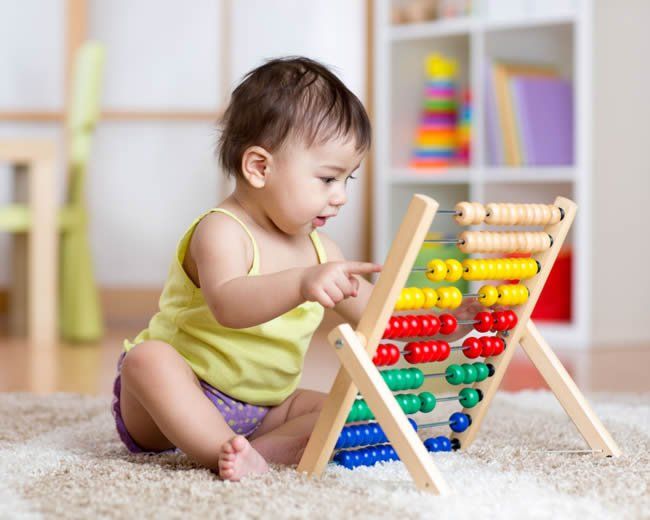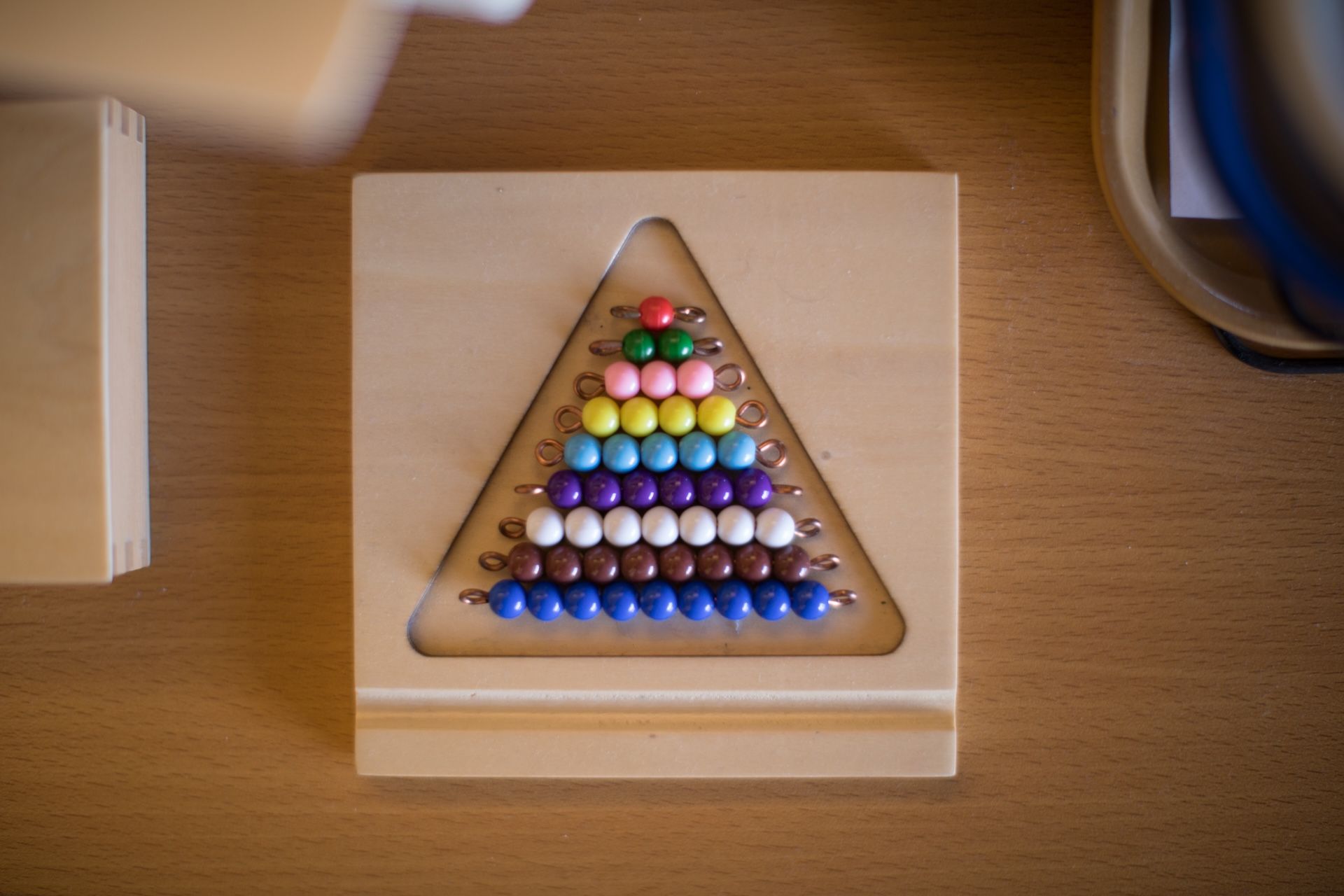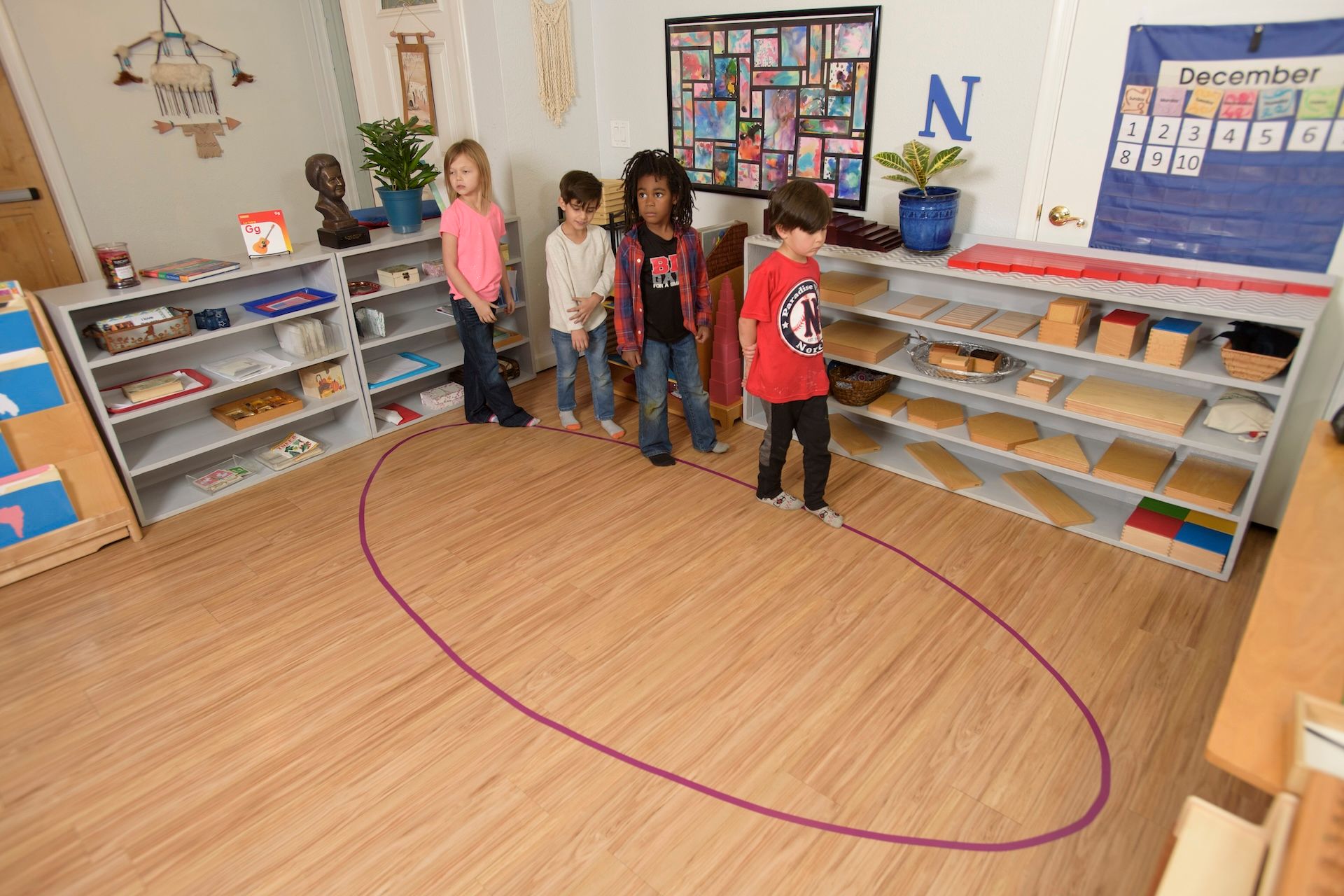
When you’re looking for Montessori-appropriate toys, it can be hard to know where to start. Maria Montessori didn’t design toys, so there’s not really any such thing as a “Montessori toy.” You can, however, find toys made from natural materials that are a good fit for her emphasis on child-directed learning. When you’re picking out toys to fit in your Montessori home, focus on toys that are simple, beautiful, and functional.
Natural Materials
Montessori loved the natural world and believed in using nature to inspire children. That’s why most Montessori schools encourage using natural materials for items in the child’s environment. Real wood, bamboo, metal, cotton, silk, and glass are preferable to plastic and other synthetics.
There’s a growing push for using natural and non-toxic materials in baby toys , so they shouldn’t be too hard to locate. Wooden rattles, stacking toys, building blocks, and clutching rings are readily available. Fabric balls and blocks are also good choices for young children. You can even find teethers made with natural cornstarch rubber instead of plastic.
Color, Texture, Shape
Go for toys with bright colors and interesting textures. While you won’t need a huge number of toys, it’s a good idea to offer a variety of styles and textures. Also, keep enough toys on-hand that you can store some away and then switch the available toys out as your child loses interest in the ones they’ve been playing with for a while.
Choose some toys that are soft and cuddly and some that are firm enough to stack and make noise when they’re knocked together. Pick some toys that are smooth and others with a textured surface. Offer toys that are solid and toys that can be moved and shaped. That will let kids explore different types of toys and learn a variety of new words to describe the toys’ characteristics.
Practical Learning
Toys aren’t just for fun. Toys for the bath can teach pouring skills and help kids learn concepts like floating verses sinking. Stacking toys and sorting toys will help your child refine their motor skills. Walking toys can help toddlers with balance when first learning to move around the house.
As children get older, they can also start playing with real-world items. Child size mops, brooms, gardening tools and other household objects will give children a chance to start interacting with their world with objects they see you using. That will also help with developing motor skills and learning practical life skills.
Toys that fit into a Montessori lifestyle encourage natural, open-ended learning. They won’t have the flashing lights and sound effects of some modern toys, but they’ll let your child explore and learn for themselves while having fun playing.
The post Choosing Montessori Toys For Babies and Toddlers appeared first on Pebblecreek Montessori.
Hours
MONDAY - FRIDAY
HALF DAY: 8:30a – 12 noon
ACADEMIC DAY: 8:30a – 3:30p
EARLY CARE: 7:00a – 8:30a
AFTER CARE: 3:30p – 6:00p
OFFICE: 8:00a - 4:00p
Programs
Connect
Pebblecreek Montessori




